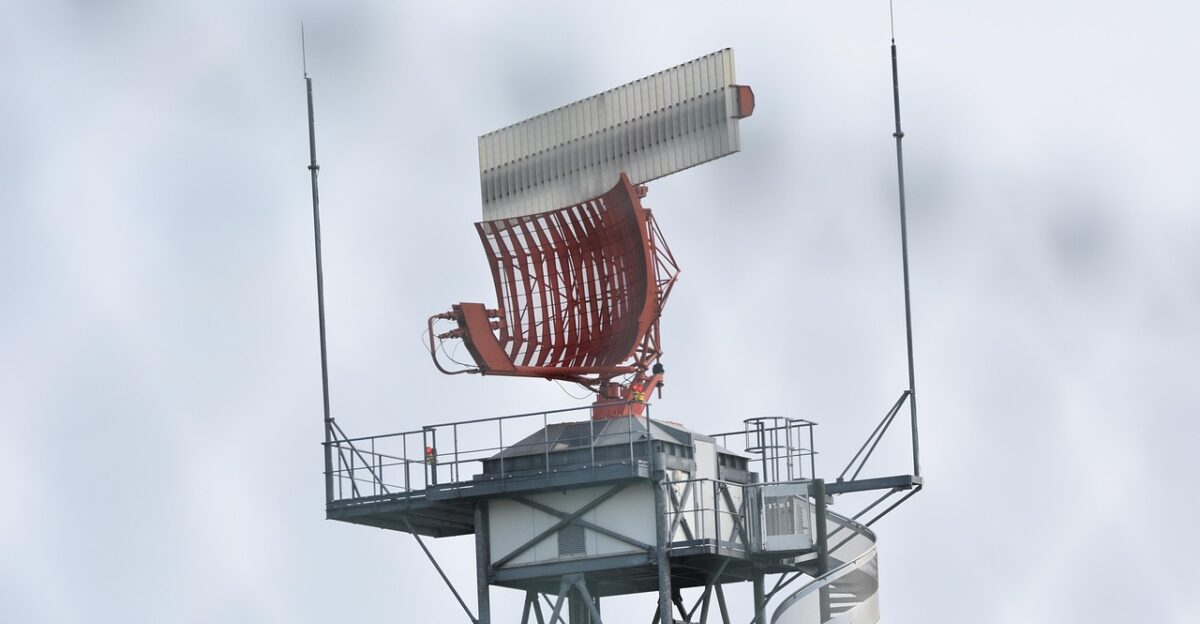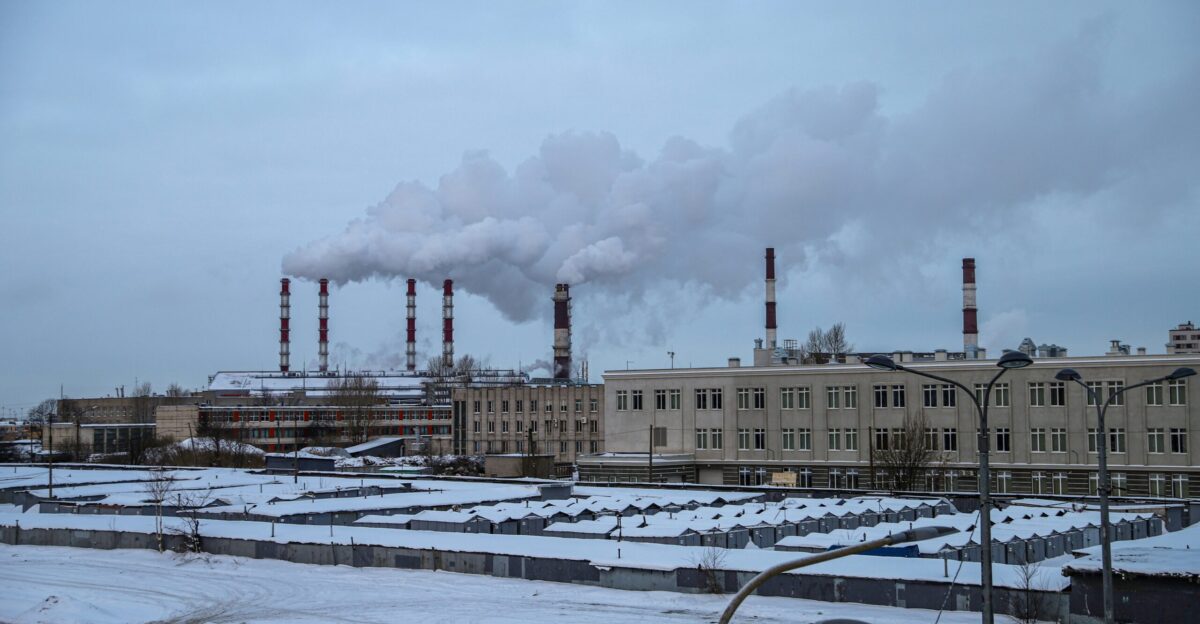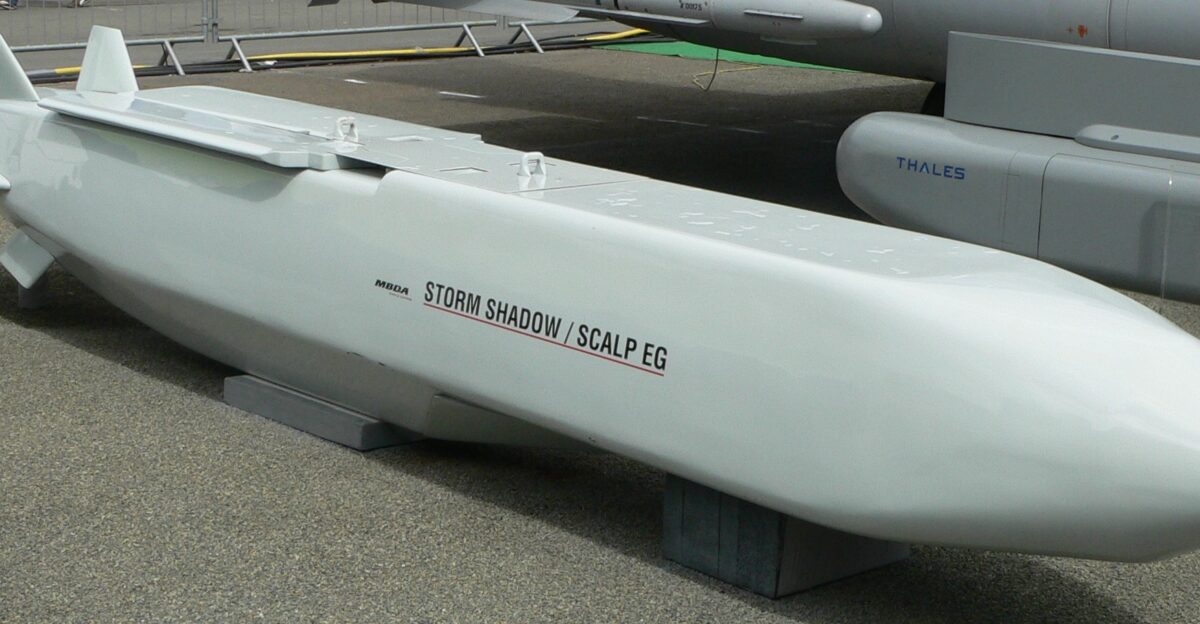
Ukraine’s Oct. 21 strike on the Bryansk Chemical Plant marked one of its boldest operations since the full-scale war began. Using British-made Storm Shadow missiles, Kyiv targeted a critical site nearly 380 kilometers inside Russian territory — a facility that Western governments have described as central to Moscow’s production of gunpowder, rocket fuel, and explosives. The strike, carried out in coordination across Ukraine’s Air Force, Navy, and Land Forces, pierced deep into Russian airspace, signaling both technological adaptation and strategic intent.
Local witnesses in Bryansk reported large explosions and plumes of smoke that lingered for hours. Though Moscow has not confirmed the scale of the damage, Ukrainian officials called it a “massive combined air and missile strike,” one aimed at degrading Russia’s ability to produce weapons. President Volodymyr Zelensky described the operation as a step toward deterrence, emphasizing Ukraine’s strategy of targeting military production facilities.
A Strategic Factory Turned Target

The Bryansk Chemical Plant has long been a pillar of Russia’s defense industry, supplying vital components for missiles and munitions. In September 2025, both Washington and London sanctioned the plant for its direct contribution to Russia’s military campaign, citing its role in sustaining production lines that feed the battlefield.
Defense analysts have noted that disrupting such facilities represents a shift toward logistical warfare. Bryansk, an industrial hub linked to multiple explosives and propellant facilities, has faced repeated strikes as Ukraine seeks to dismantle the interconnected supply network that fuels Russia’s long war.
Storm Shadow: Western Range Meets Ukrainian Tactics

Supplied by Britain in 2023, the Franco-British Storm Shadow cruise missile has reshaped Ukraine’s long-range warfare. Designed to fly low and evade radar, it can travel hundreds of kilometers to deliver a precision strike. Military experts note its use at Bryansk underscores Ukraine’s growing reliance on Western technology to offset Russia’s larger arsenal.
The missiles provide Ukraine with reach and precision capabilities that allow for proactive targeting of Russia’s military-industrial infrastructure. For residents living near the Russian border, the implications are tangible. “We’ve grown used to hearing distant war sounds from the Ukrainian side,” said Bryansk resident Pavel S. by phone, “but this was different — sharper, closer, louder. It felt like the war was at our doorstep.”
Diplomacy at a Standstill

The strike came amid faltering diplomatic efforts between Washington and Moscow. U.S. officials confirmed that President Donald Trump had briefly explored a possible ceasefire meeting with Russian President Vladimir Putin, but those talks collapsed after Moscow rejected a proposal to freeze current battle lines. Ukrainian officials saw that refusal as further proof that negotiations remain unlikely.
Zelensky told reporters afterward that gaining longer-range capability — from Storm Shadows to U.S.-made ATACMS missiles — strengthens Ukraine’s hand in any future peace framework. The message, Kyiv says, is that Russia’s war infrastructure is no longer beyond reach.
Moscow, meanwhile, downplayed the incident. Russian media have offered minimal coverage beyond claims that missile interceptors were activated. Ukrainian military officials stated that damage assessments were ongoing, though they reported the strike as successful in hitting the intended target.
A Shift Toward Precision Warfare

Ukraine’s General Staff described the Bryansk operation as a “synchronized effort” spanning multiple branches of the military — a hallmark of its evolving doctrine. Modern long-range warfare, analysts say, now depends less on massed firepower and more on coordinated intelligence: real‑time drone imagery, satellite tracking, and calibrated timing between air and sea units.
Western defense officials have quietly acknowledged Ukraine’s disciplined targeting strategy, noting that its strikes remain focused on legitimate military assets. This selectivity helps maintain global support while achieving tactical impact.
Ukrainian intelligence officials believe the attack successfully struck critical production infrastructure, though full damage assessments require additional time. If the plant’s operations are significantly disrupted, analysts suggest Russia may face delays in weapons output and depend increasingly on imports from partners such as North Korea and Iran.
Winter War and the Road Ahead
As winter approaches, Kyiv appears less focused on territorial offensives and more on dismantling the industrial backbone sustaining Russia’s war effort. By striking factories like Bryansk, Ukraine aims to cripple the supply of missiles and ammunition before new offensives resume in 2026.
Global comparisons reinforce the shift. In previous conflicts — from NATO’s Balkan air campaign to Israel’s strikes on Syrian supply hubs — targeting production sites proved decisive in reshaping battlefield momentum without expanding the fighting. Ukraine’s latest operation follows that logic: applying pressure deep inside enemy territory while avoiding civilian harm.
For now, Bryansk stands as both a symbol and a test case. If its operations are significantly disrupted, the strike could mark a new threshold in Ukraine’s evolving campaign — one where precision replaces volume, and patience, not proximity, defines how victory is measured.